After the Tay Son Dynasty was established (1778), Kinh Mon Prefecture with 7 districts, including Dong Trieu, was merged into An Quang. At that time, An Quang was a large town. After defeating the Qing Dynasty's invasion, King Quang Trung implemented a flexible policy towards the Qing Dynasty. The Van Don, Van Ninh, and Mong Cai trade areas thus had the conditions to revive.
In 1801, Nguyen Anh defeated the Tay Son dynasty and in 1802 officially ascended the throne with the reign name Gia Long. An Quang was kept as a town, with a Hai Dong prefecture, three districts of Hoanh Bo, Quang Yen, Hoa Phong (now Cat Hai district, Hai Phong) and three districts of Van Ninh, Tien Yen, with a town chief with a deputy town and a deputy to assist. This town was under the management of the Northern Citadel Governor.
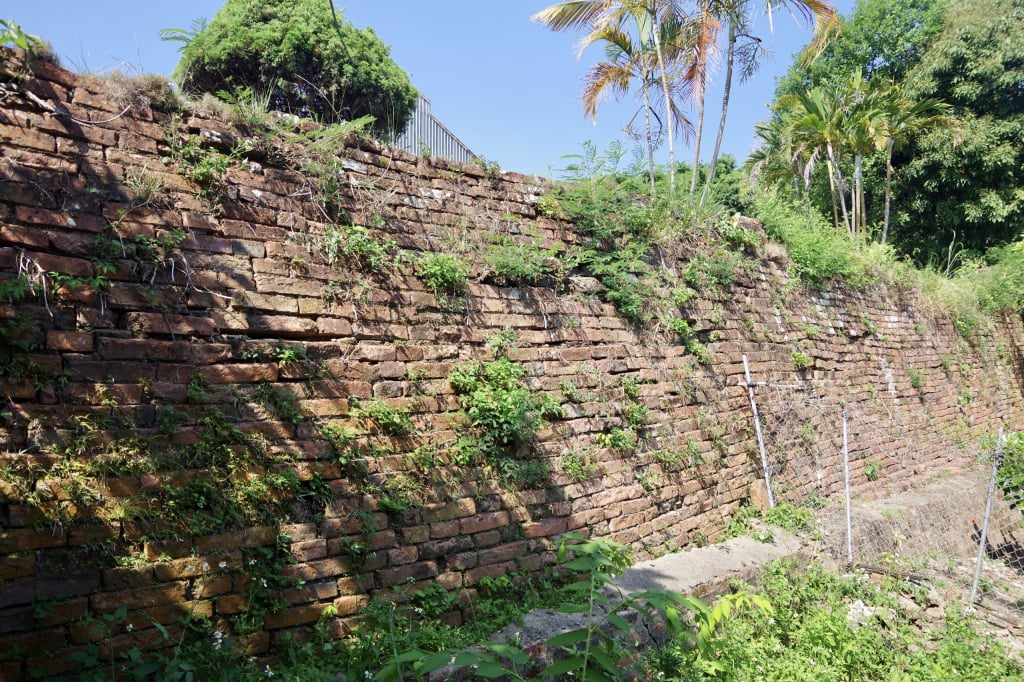
In the first year of Gia Long (1802), An Quang town was moved from Vu Thanh commune, Kim Thanh district, Kinh Mon prefecture, Hai Duong province to Yen Hung district, taking the current Quang Yen town area as the town. This event affirmed the position and stature of a land that the dynasties and residents of Quang Yen in the past had worked hard to build.
In the third year of Minh Mang (1822), the Nguyen Dynasty changed An Quang town to Quang Yen town. Ten years later (1832), due to administrative reform requirements, Quang Yen town was changed to Quang Yen province, under the management of the governor of Hai An (Hai Duong - An Quang). Quang Yen town became Quang Yen province. The province was headed by a governor, assisted by a magistrate (an administrative agency in charge of financial matters, taxation and propaganda of the court's policies and guidelines) and a judge (in charge of trial, mainly criminal matters). The establishment of Quang Yen province shows that, due to its particularly important position, at any time, the Quang Yen provincial city has always been the administrative center of the province, the leading urban area of the entire Northeast region.
In the districts and prefectures of Quang Yen province, the Nguyen Dynasty kept the local officials as district chiefs and patrol officers. In 1836, Hai Dong prefecture was renamed Hai Ninh prefecture. Van Don prefecture was merged into Hoa Phong district and called Van Hai commune. Later, the Nguyen Dynasty separated Hoanh Bo, Hoa Phong and Yen Hung districts from Hai Dong prefecture, establishing Son Dinh prefecture, and assigned Hoanh Bo prefecture chief to manage.
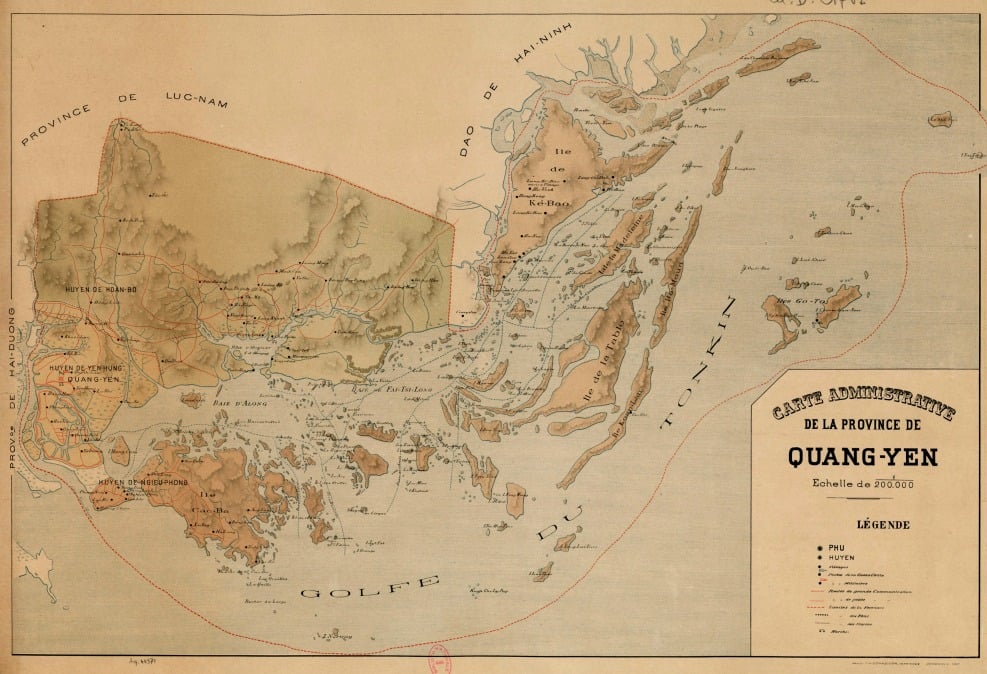
In the first year of Thieu Tri (1841), due to the avoidance of the word Hoa, the taboo name of Queen Mother Ho Thi Hoa - mother of King Thieu Tri, Hoa Phong district was changed to Nghieu Phong district. The center of the district was located in Don Luong commune, now Cat Hai town, Cat Hai district (Hai Phong). In the third year of Tu Duc (1849), the Nguyen Dynasty merged the three districts of Hoanh Bo, Nghieu Phong and Yen Hung into Son Dinh prefecture, and the districts of Tien Yen and Hai Ninh were merged and belonged to Hai Ninh prefecture. Lower-level administrative units included communes and villages, specifically as follows: Hoanh Bo (4 cantons, 26 communes, villages, and wards), Yen Hung (2 cantons, 16 communes), Nghieu Phong (3 cantons, 17 communes), Van Ninh (4 cantons, 36 communes, villages, and wards), Tien Yen (6 cantons, 41 communes, villages).
With an important position in politics, economy - society and national defense, the Nguyen Dynasty attached great importance to building a defense system in Quang Yen province. In Nghieu Phong district, Tinh Hai forts were built on Ngoc Vung island and the fortresses (smaller than forts) were Yen Khoai fortress, Ninh Hai fortress, Thiep Hai fortress, Chang Son fortress (Co To). Tien Yen district had Dong Nhan fortress, Dinh Lap fortress (now in Lang Son), Cam Pha fortress. Van Ninh district had Bao Nham fortress. Quang Yen provincial capital was located on Tien Son mountain, Quynh Lau commune, Yen Hung district. Before that, in 1802, King Gia Long established Yen Quang town. In 1826, an earthen citadel was built on Tien Son mountain, Quynh Lau commune. In 1859, the citadel was built of bricks and completed in 1866. The citadel had a perimeter of about 700m, was 3m high, and had 3 gates. The relics of Quang Yen provincial citadel still remain today, within the military area of the 147th Naval Brigade.
Source



![[Photo] Closing of the 11th Conference of the 13th Central Committee of the Communist Party of Vietnam](https://vstatic.vietnam.vn/vietnam/resource/IMAGE/2025/4/12/114b57fe6e9b4814a5ddfacf6dfe5b7f)
![[Photo] Overcoming all difficulties, speeding up construction progress of Hoa Binh Hydropower Plant Expansion Project](https://vstatic.vietnam.vn/vietnam/resource/IMAGE/2025/4/12/bff04b551e98484c84d74c8faa3526e0)


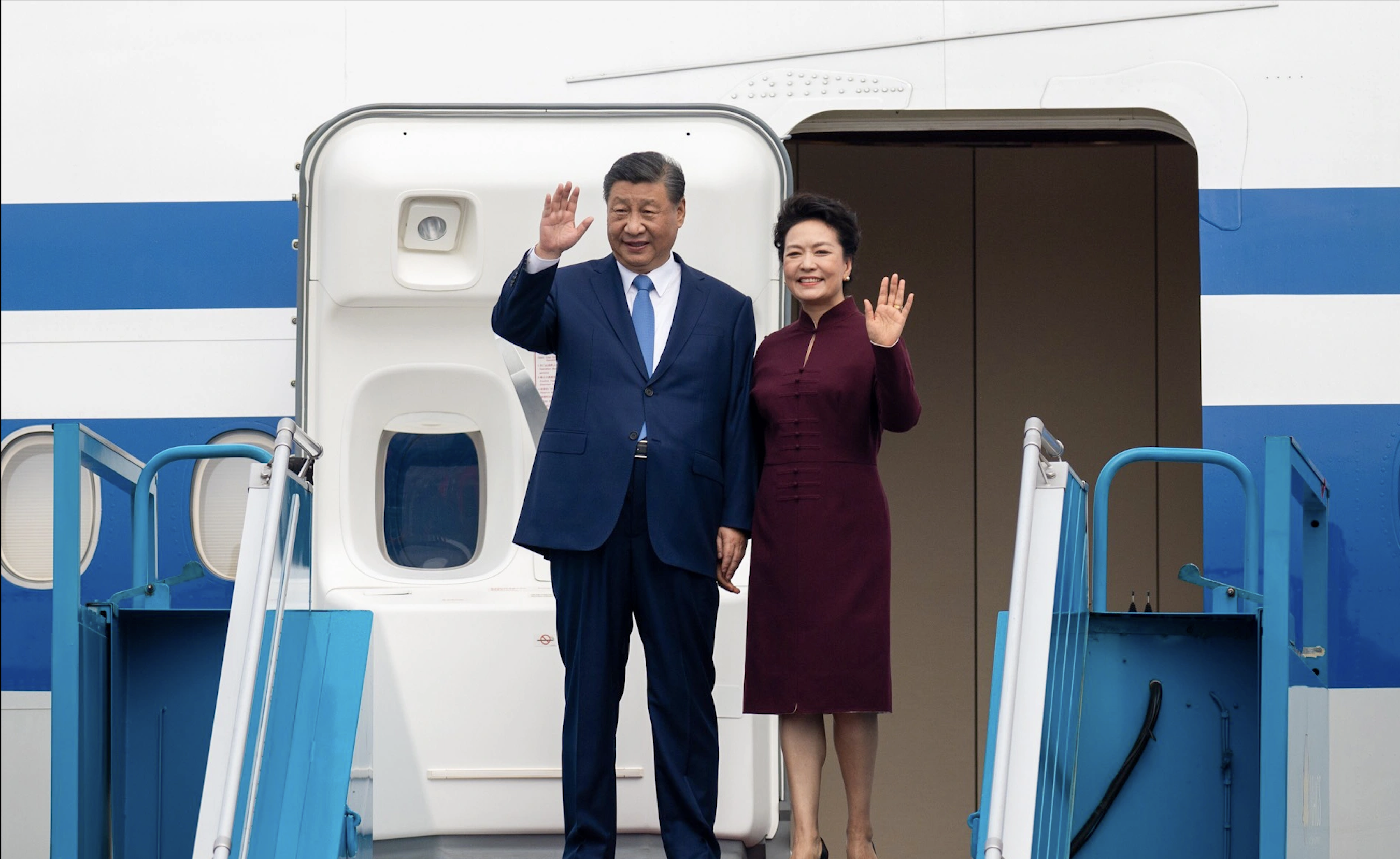




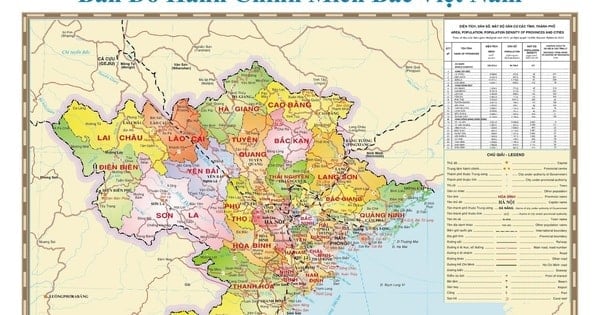
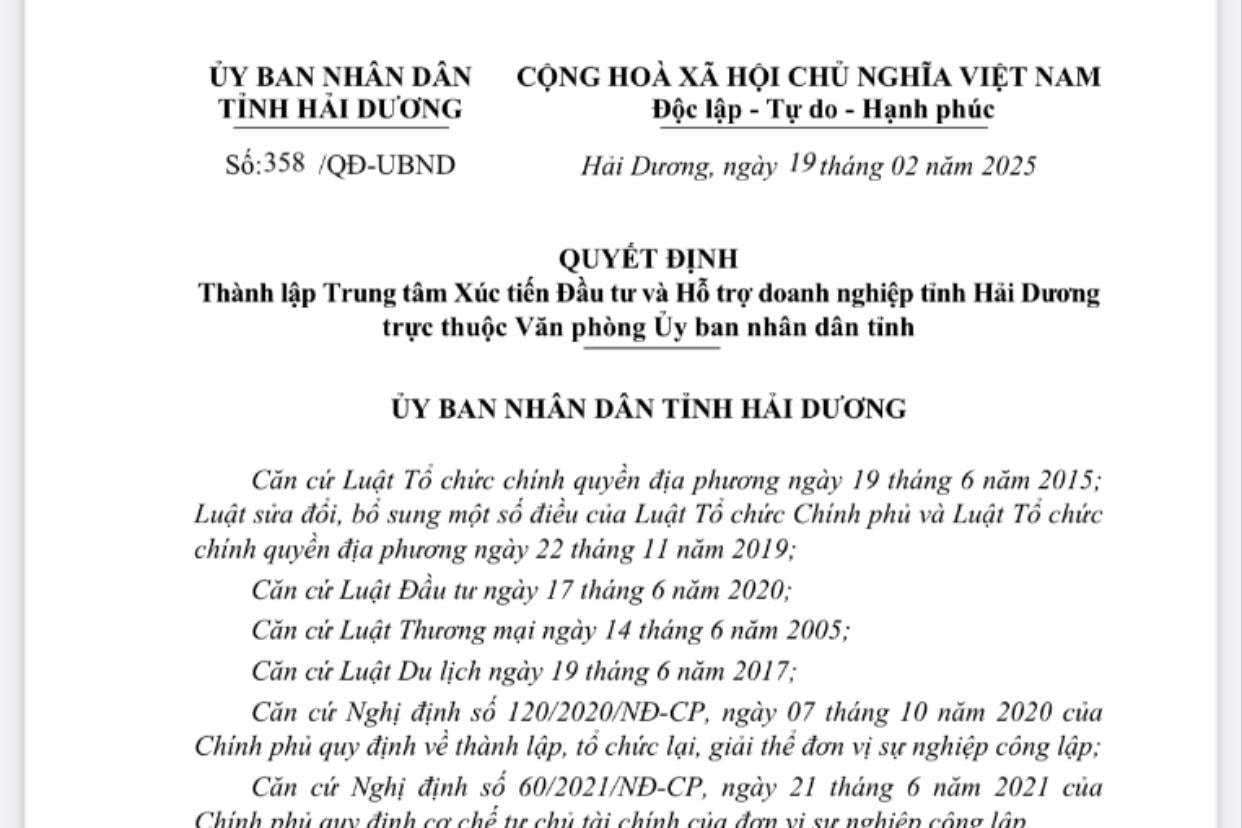
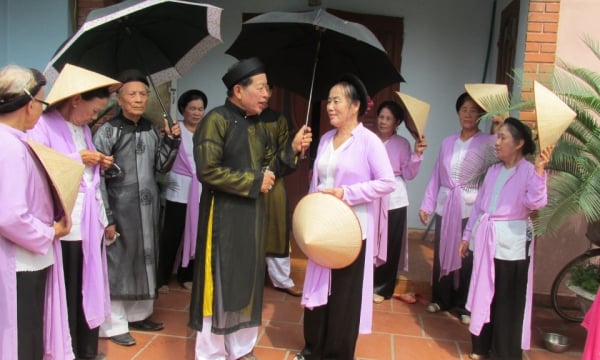

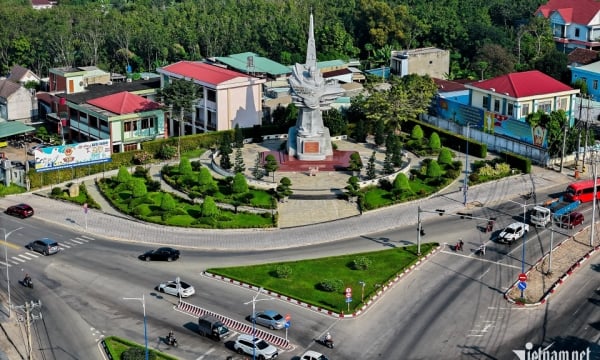



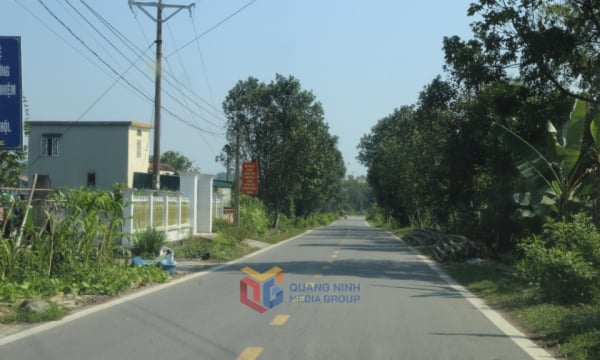





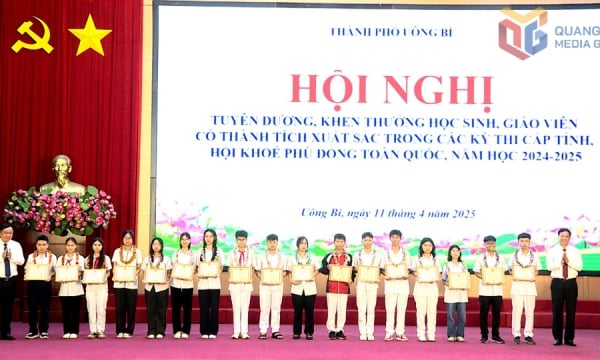
























































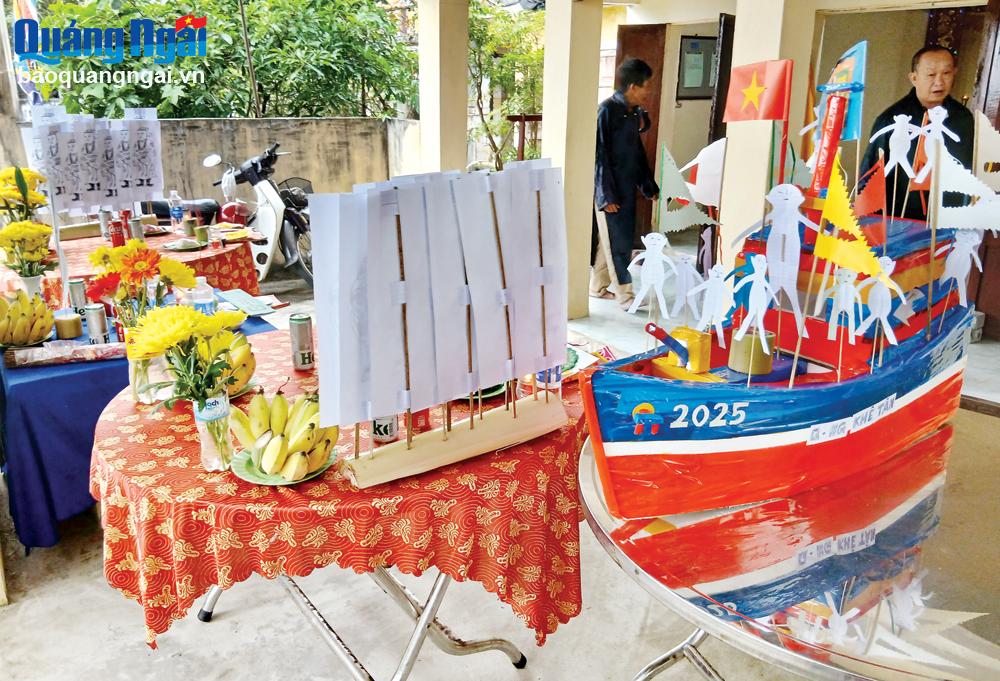











Comment (0)